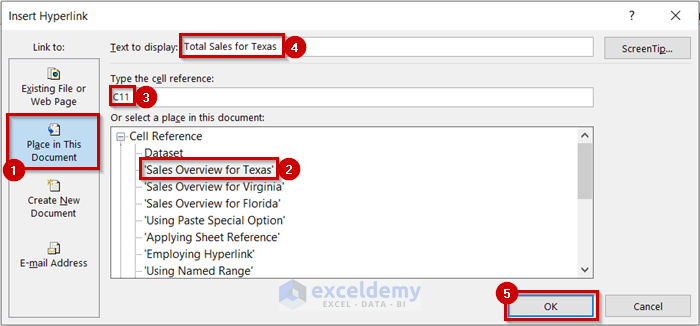Effortlessly Create Multiple Excel Sheets with Java POI

If you're working with Excel files in Java, Apache POI is likely your go-to library for spreadsheet manipulation. Creating a workbook with multiple sheets is a common requirement, especially when dealing with data organization, reports, or any task requiring structured storage. This blog post will guide you through the process of using Apache POI to create and manage multiple Excel sheets within a single workbook.
Setting Up Apache POI

Before diving into creating multiple sheets, ensure you have Apache POI set up in your project:
- Include the POI dependencies in your build tools (Maven, Gradle, or directly via JAR files).
- Make sure you have poi-ooxml and xmlbeans if you're dealing with .xlsx files.
🔧 Note: Ensure to use the latest version of Apache POI for compatibility with your Java environment.
Creating the Workbook and Sheets

Apache POI allows for seamless creation of workbooks and sheets:
1. Creating a Workbook

import org.apache.poi.ss.usermodel.*;
import org.apache.poi.xssf.usermodel.XSSFWorkbook;
Workbook workbook = new XSSFWorkbook();
2. Adding Sheets

Here's how you add sheets to the workbook:
Sheet sheet1 = workbook.createSheet("Sheet1");
Sheet sheet2 = workbook.createSheet("Sheet2");
Sheet sheet3 = workbook.createSheet("Sheet3");
📝 Note: Sheets are created in the order you code them, which will be reflected in the Excel file.
3. Populating Sheets with Data

After creating sheets, you can populate them with data:
// On sheet1
Row row = sheet1.createRow(0);
Cell cell = row.createCell(0);
cell.setCellValue("Hello, POI!");
// On sheet2
Row row2 = sheet2.createRow(0);
Cell cell2 = row2.createCell(1);
cell2.setCellValue("Second Sheet");
🔍 Note: Remember to index rows and cells properly to avoid overwriting data.
Advanced Usage

1. Custom Sheet Order

Sometimes, you might want to change the order of sheets after creation:
workbook.setSheetOrder(“Sheet2”, 0);
2. Adding Formulas

To include formulas:
// On sheet1
Cell cellWithFormula = row.createCell(1);
cellWithFormula.setCellFormula(“A1*2”);
Saving the Workbook

Once you’re done creating and populating sheets, saving the workbook is straightforward:
FileOutputStream out = new FileOutputStream("MultipleSheets.xlsx");
workbook.write(out);
out.close();
workbook.close();
🚫 Note: Always close file streams to prevent file lock issues.
Key Takeaways

Apache POI empowers developers with the ability to create, manipulate, and save Excel files with multiple sheets efficiently. Understanding how to properly manage sheet creation, order, and data entry is crucial for any task involving Excel spreadsheets in Java. By following the steps outlined above, you can start building complex Excel workbooks with ease, enhancing your data management capabilities in any Java application.
How do I add more than three sheets in POI?

+
You can add as many sheets as you need by repeatedly calling workbook.createSheet(“SheetName”).
Can I rename sheets after creation?

+
Yes, use workbook.setSheetName(index, newName) or sheet.setSheetName(“newName”).
Is it possible to copy data from one sheet to another?

+
Yes, but it involves iterating through cells and copying their content manually or using a loop to replicate rows.
How do I insert an image into a sheet?

+
POI supports image insertion via CreationHelper and Drawing classes, allowing you to add pictures to your cells.



